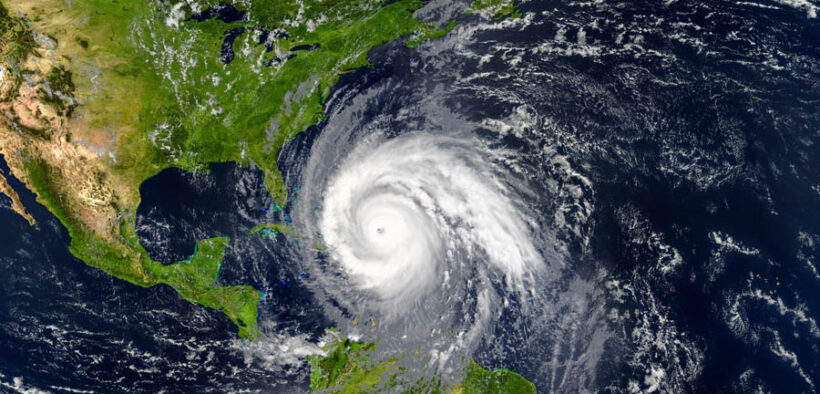Hurricane season is here: Let’s prepare together

Attention business owners, homeowners, and renters: Hurricane season is underway and will extend through the end of November. At the Small Business Administration (SBA), we don’t ask if a storm is coming, but when.
The National Oceanic and Atmospheric Administration (NOAA) and meteorologists predict an active Atlantic season, with 19 named storms and up to nine hurricanes, four of which could be major (Category 3 or higher).
Hurricanes, floods, or other disasters can devastate communities, especially small businesses, which face power outages, supply chain disruptions, or even total property loss. As SBA Regional Administrator for New York, New Jersey, Puerto Rico, and the U.S. Virgin Islands, I say: don’t wait. Prepare now. The SBA is here to support you with resources before, during, and after a disaster strikes.
Who we are and why we are here
The SBA exists to help small businesses in the U.S. and its territories thrive. Since 1953, the agency has provided loans, grants, and support to entrepreneurs and communities. In disaster situations, the SBA’s Office of Disaster Recovery and Resilience (ODR&R) is our team on the ground. Why do we have a specialized team? Because disasters don’t just damage physical structures; they can destroy dreams, livelihoods, and local economies.
Our team works year-round, in collaboration with local offices, to help businesses and owners recover quickly through low-interest loans and liaisons with local partners. We are currently deployed in nearly 30 active disaster areas, managing more than 200 open economic injury declarations. For Administrator Kelly Loeffler and I, being ready to assist is a priority.
SBA disaster assistance: What do we offer?
The SBA offers low-interest disaster loans to cover losses that are uninsured or fully covered by other aid. These loans can be a lifeline for rebuilding, keeping businesses running, or replacing lost property. Here’s a breakdown:
- Physical damage loans: To repair disaster-damaged properties (no interest or payments for the first 12 months):
- Businesses and nonprofits : Up to $2 million to repair or replace buildings, equipment, or inventory.
- Homeowners: Up to $500,000 to repair your primary residence.
- Renters and owners: Up to $100,000 for personal belongings such as furniture, appliances, or vehicles.
- Economic Injury Disaster Loans (EIDL): For small businesses, agricultural cooperatives, and most nonprofit organizations facing cash flow difficulties following a disaster (also interest-free and payment-free for the first year).
- Loan amount: Up to $2 million to cover operating expenses, payroll, or other obligations that cannot be met due to the disaster.
- Mitigation assistance: Want to strengthen your property against future disasters? You can add up to 20% of the approved amount for physical damage to fund projects such as storm windows, suction pumps, or elevating structures.
Documents you should have on hand
To facilitate the SBA loan application process, please have the following documents available:
- Financial records: Recent IRS returns (personal and business), profit and loss statements, and balance sheets.
- Insurance information: Details of insurance policies (residential, commercial, or renter’s) and payments received.
- Proof of damage: Photographs, repair estimates, or contractor quotes.
- Business documents: Licenses, articles of incorporation, or other legal documents that certify your business.
- Personal identification: Driver’s license or other official identification.
- Application forms: You can begin the process online. Having your Social Security number or EIN ready will expedite the process.
Make sure you save digital copies to a secure cloud service or a waterproof container. Disasters leave no time to search for files.
Prepare today to be more resilient tomorrow
The more you prepare today, the faster you can recover. Every business should have an updated emergency operations plan; you can visit ready.gov for helpful guidance.
When disaster strikes, your local SBA team will be there, working alongside federal, state, and local partners to help you rebuild. We understand that recovery can be a difficult process, both emotionally and financially, but we’re here to guide you every step of the way. Our goal is to help you not only recover, but come back stronger, so your business can continue to thrive for generations.
For more information, visit sba.gov or contact your local SBA office by calling 787-766-5572 or emailing [email protected] . Let’s prepare together, because when the storm hits, we’ll be here to help.

Author Matt Coleman is SBA Regional Administrator for the agency’s Atlantic region.








